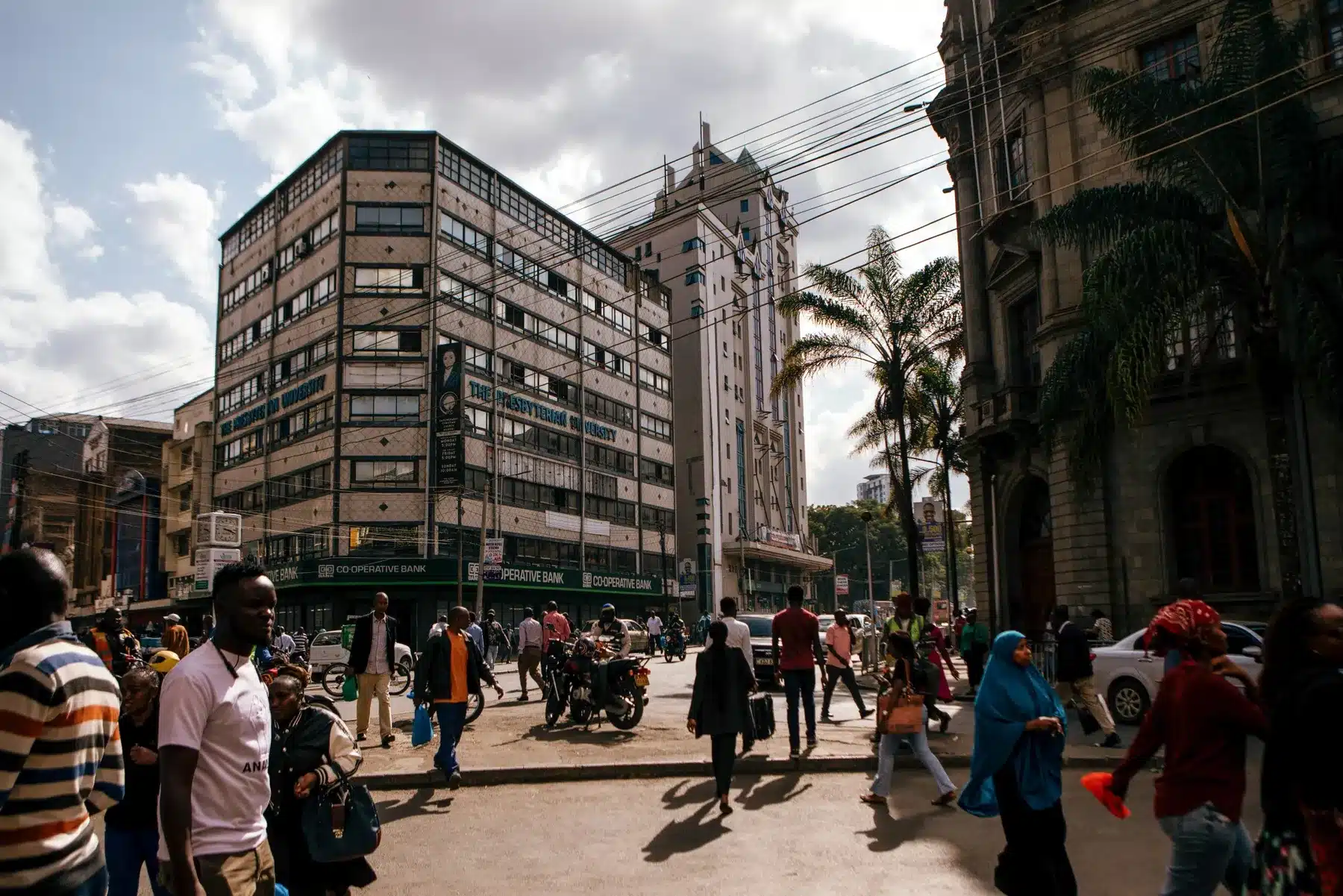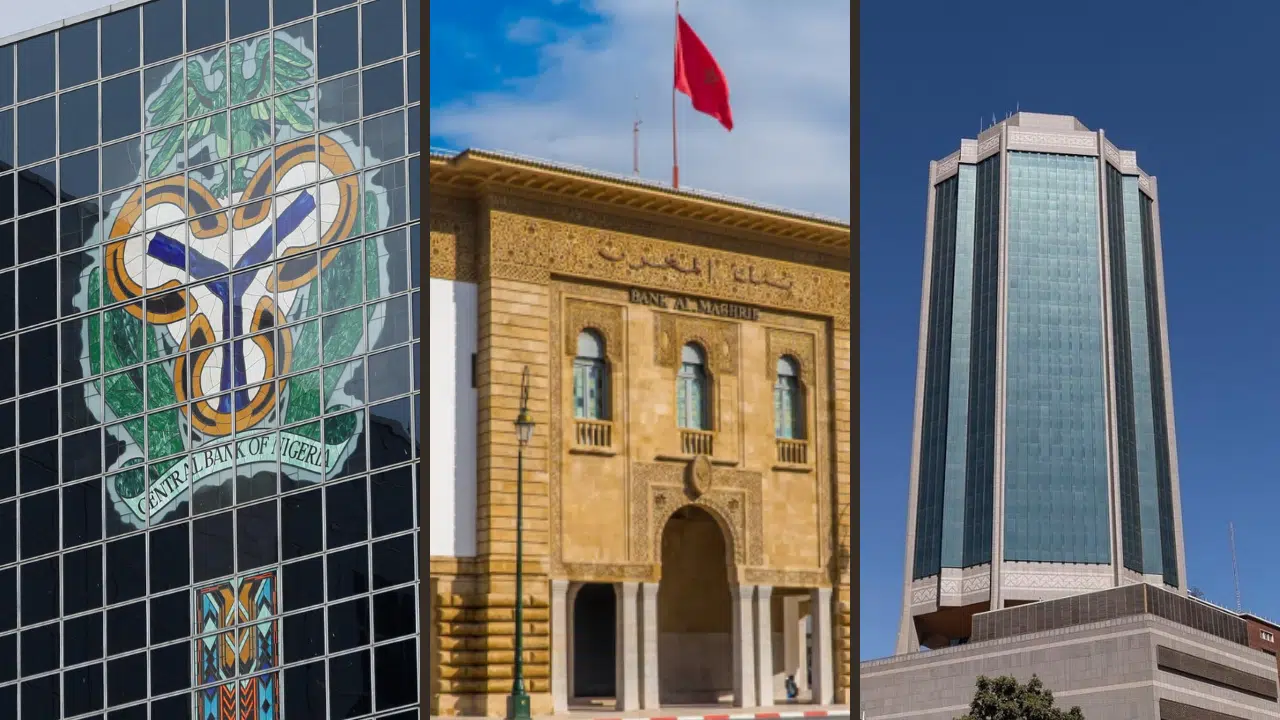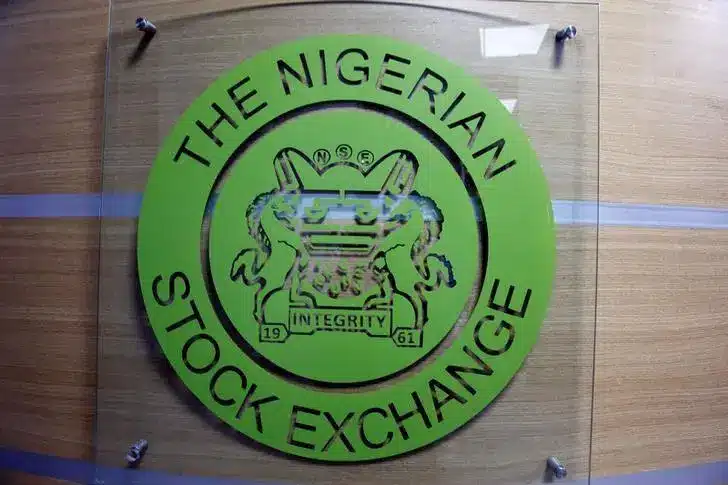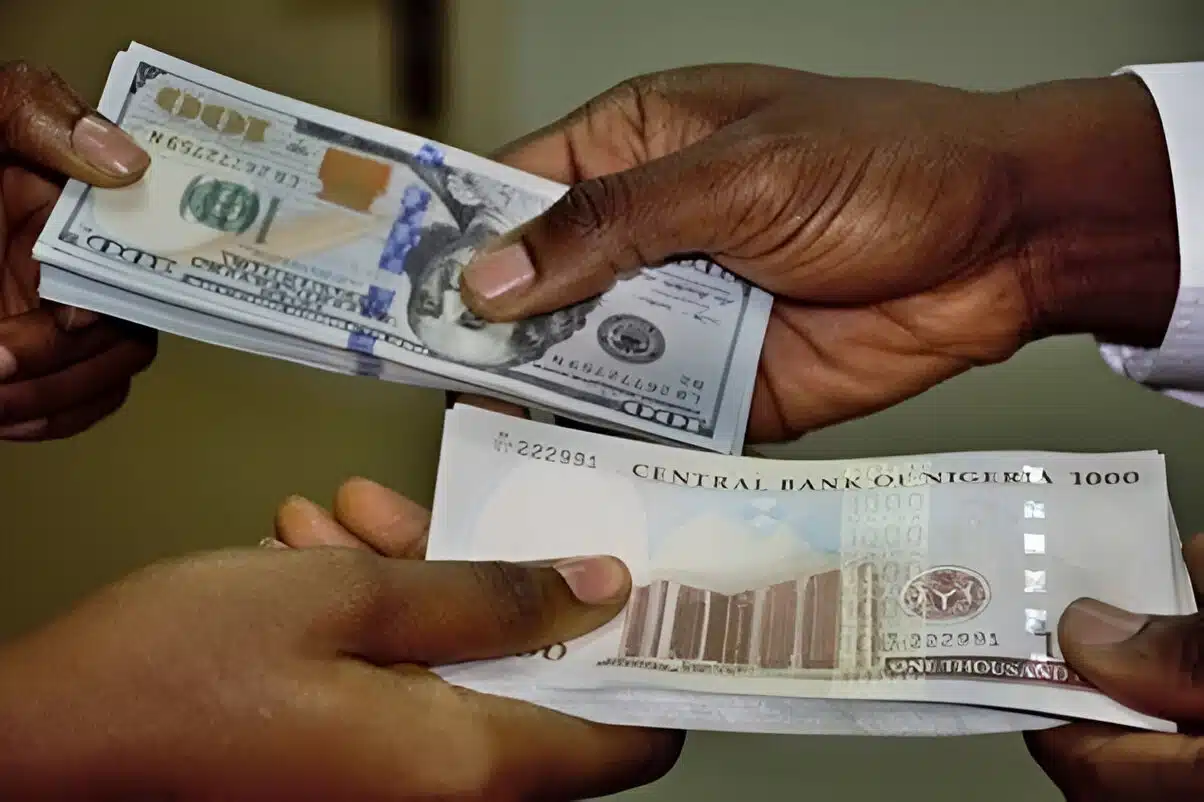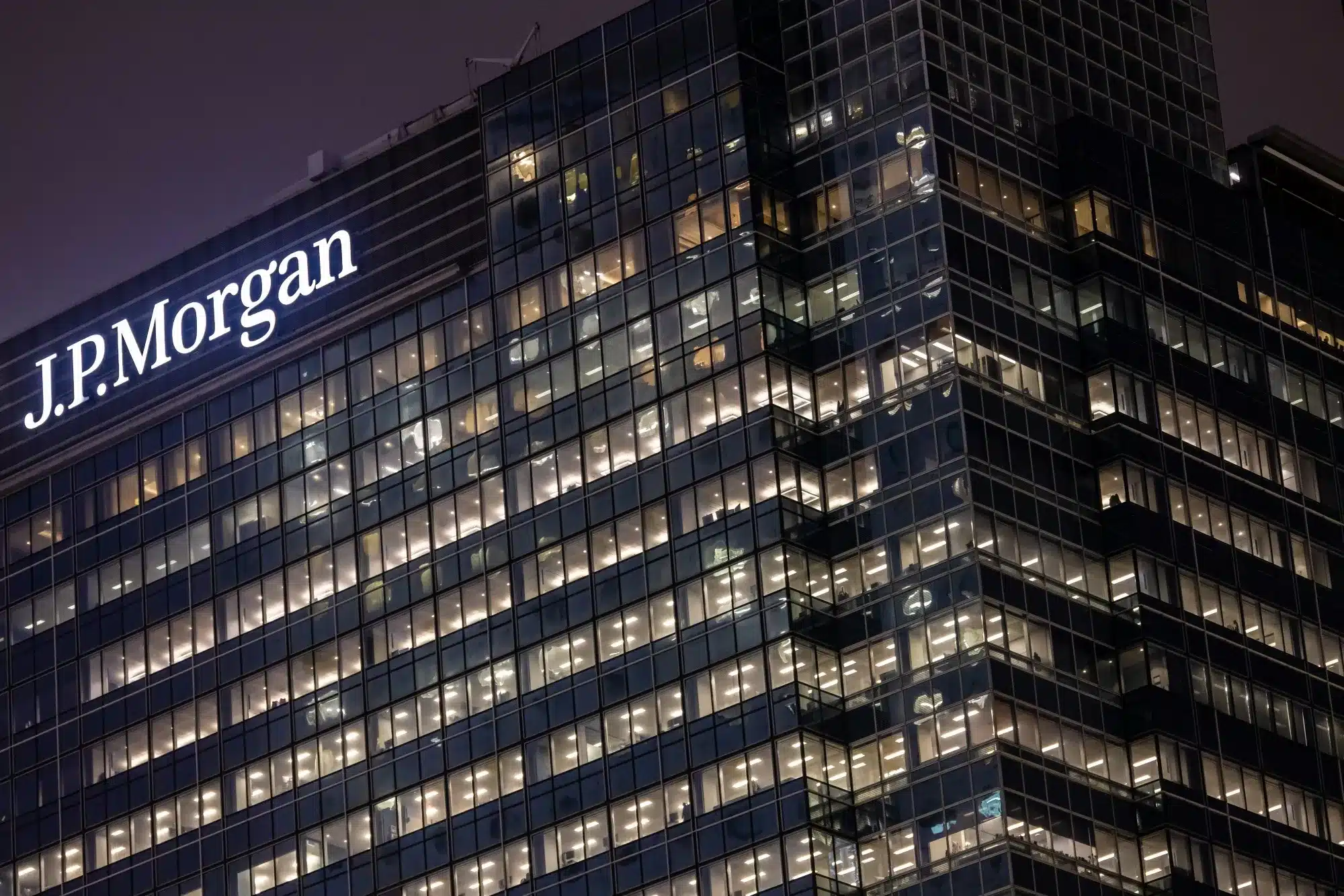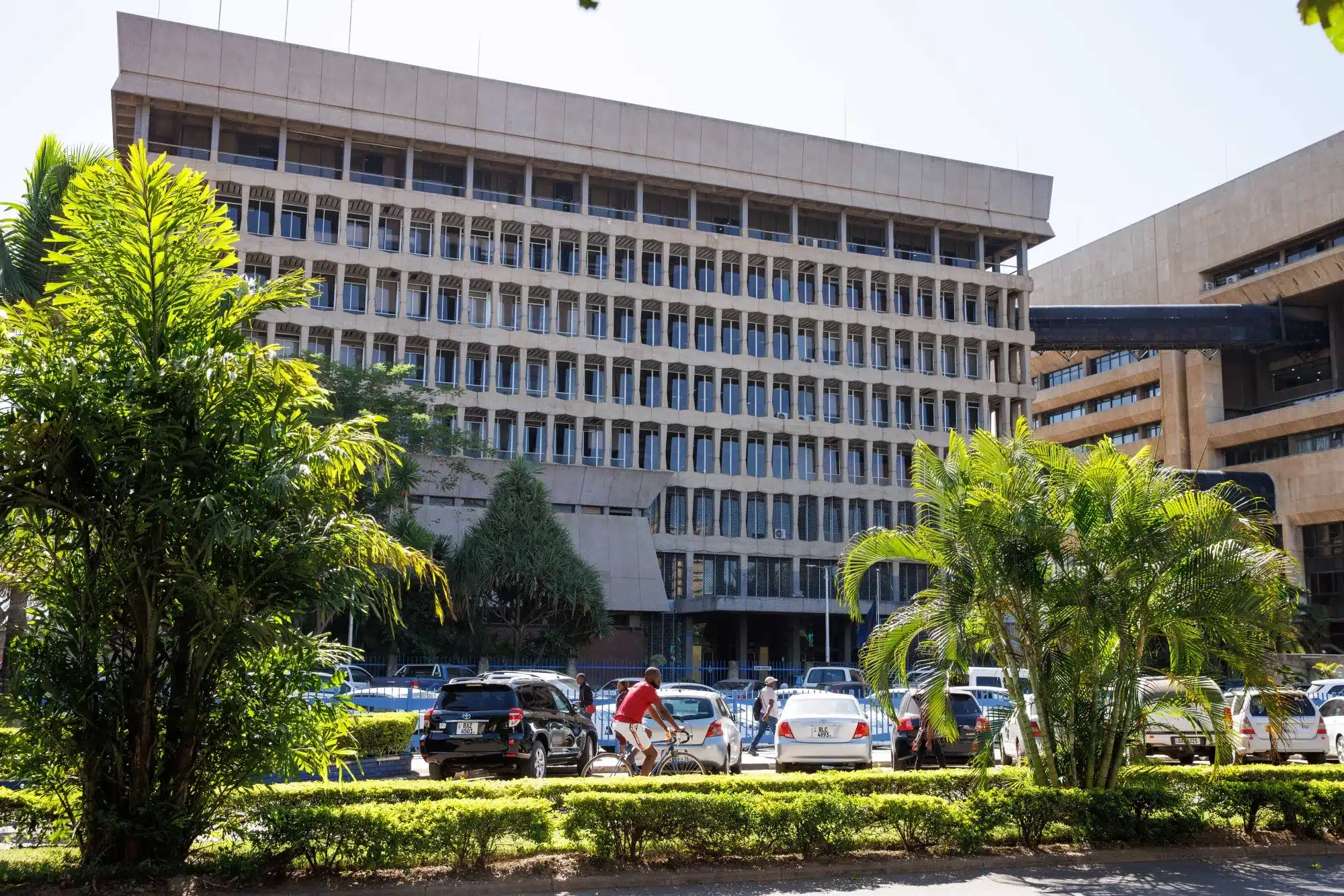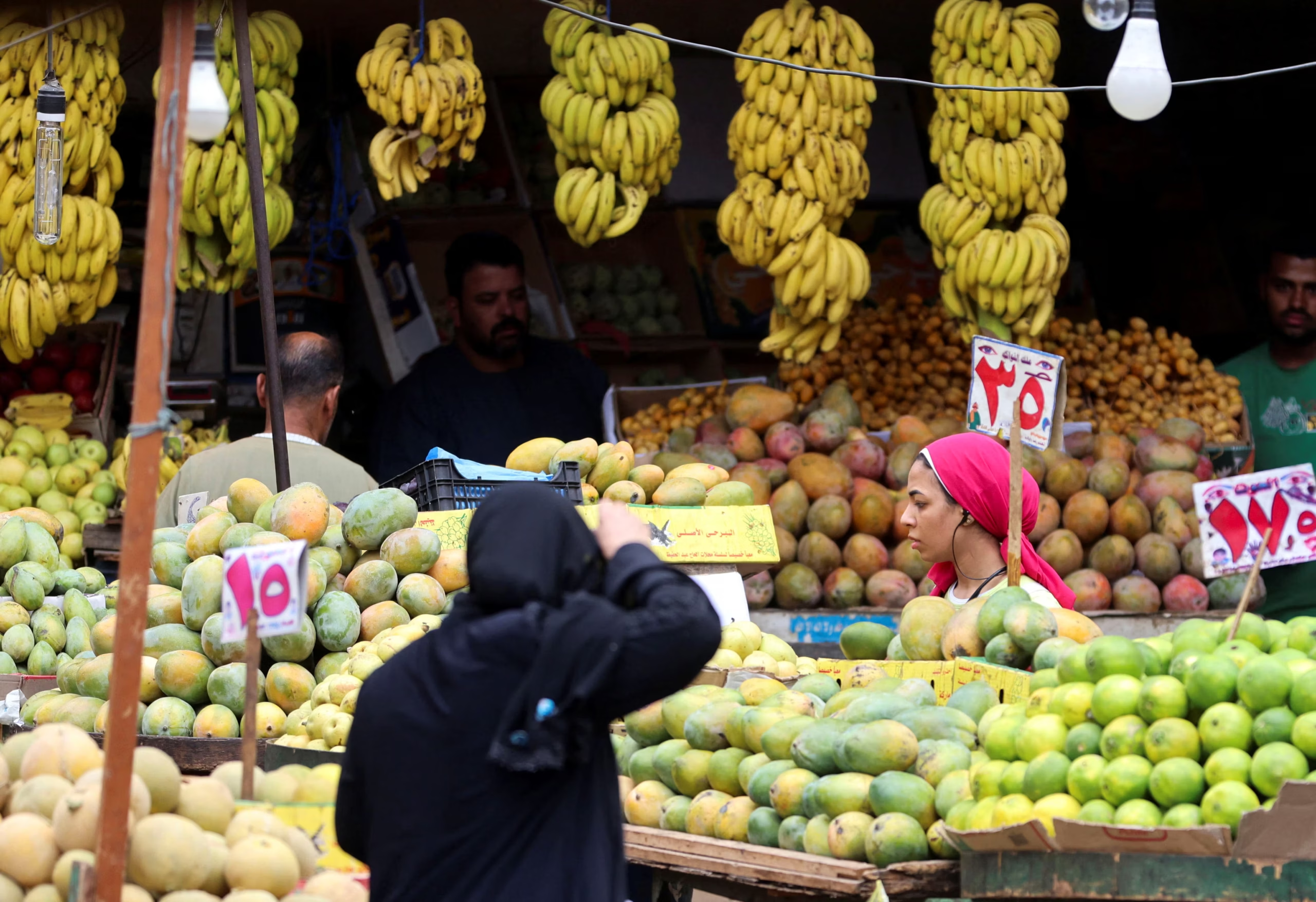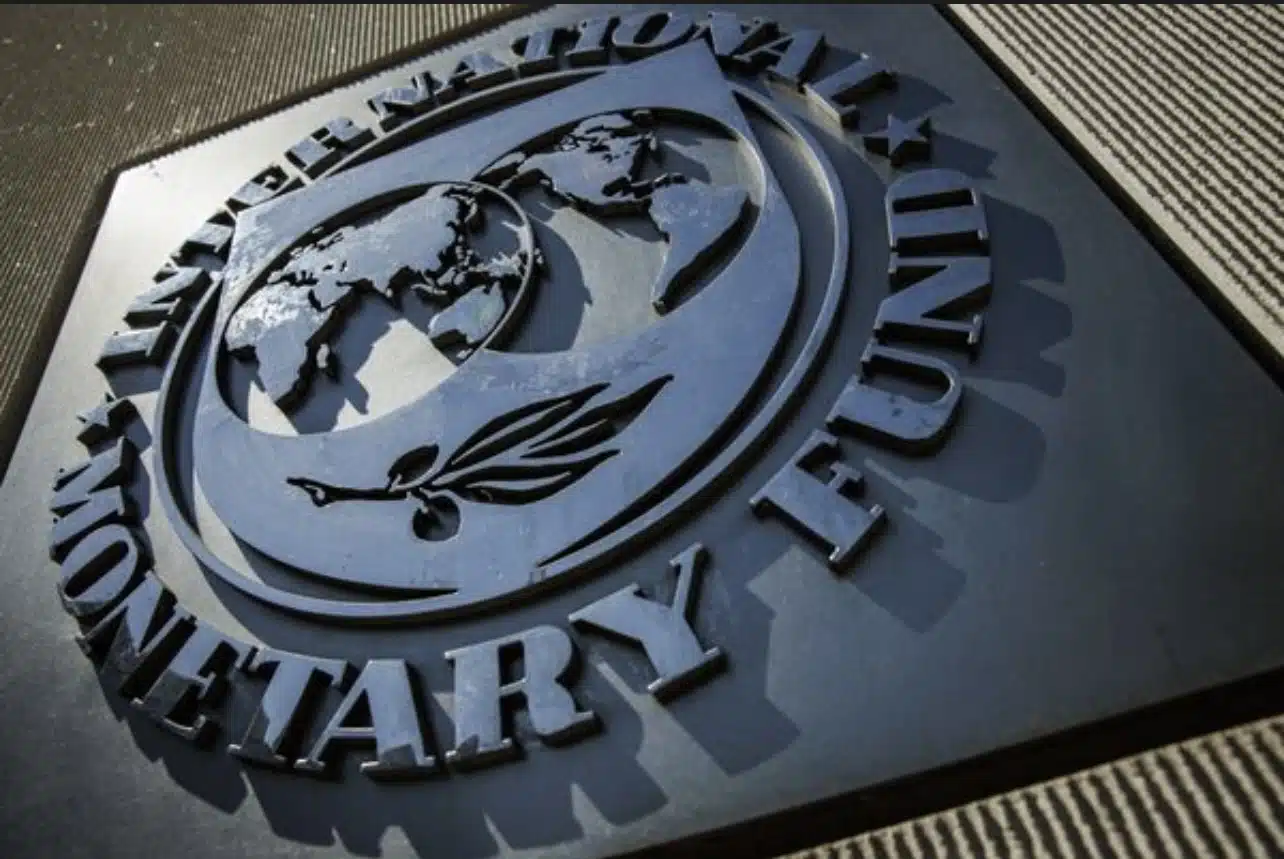The Central Bank of Kenya (CBK) has lowered its benchmark lending rate for the seventh consecutive time, cutting the Central Bank Rate by 25 basis points to 9.50% from 9.75% during its Monetary Policy Committee (MPC) meeting on August 12, 2025.
This marks the lowest policy rate since May 2023 and underscores the regulator’s push to stimulate growth in East Africa’s largest economy. Kenya now joins Ghana, which recently reduced its benchmark rate by 300 basis points to 25%—its first cut since September 2024.
The rate reduction was unexpected, given that in July, CBK had signaled it would likely hold steady in its next policy meeting. Governor Kamau Thugge said in an emailed statement on Tuesday that the decision was taken “to augment the previous policy actions aimed at stimulating lending by banks to the private sector and supporting economic activity, while ensuring inflationary expectations remain firmly anchored, and the exchange rate remains stable.”
Inflation edges higher but remains contained
Kenya’s headline inflation rose to 4.1% in July from 3.8% in June, the second time in 2025 it has hit that level, matching April’s reading. The increase was driven by higher food, transport, and utility costs.
Food and non-alcoholic beverages—the largest component of the consumer basket—rose slightly, with annual food inflation ticking up from 6.6% in June to 6.8% in July. Transport inflation climbed more sharply to 4.1% from 3.3%, reflecting fuel price changes, while housing, water, electricity, gas, and other fuels saw costs surge to 1.3% from 0.2%.
Despite July’s uptick, inflation remains below the 5% midpoint of CBK’s target range and is expected to stay there in the near term, supported by lower food prices, stable energy costs, and exchange rate stability, Thugge noted.
Business activity contracts to 12-month low
Economic data suggests that underlying growth momentum is fragile. Kenya’s Purchasing Managers’ Index (PMI) fell to 46.8 in July—its lowest in a year and well below the 50-point threshold that separates expansion from contraction.
Among Africa’s top four economies, Kenya recorded the weakest performance. Nigeria led with a PMI of 54.0, indicating robust expansion, followed by South Africa at 50.3 and Ghana at 50.2. Egypt’s PMI improved to 49.5, still signaling contraction but at a slower pace.
Analysts say Kenya’s decline was driven by political protests and cost pressures, which hurt services and manufacturing. According to KTN News, disruptions linked to unrest cost the economy roughly Ksh 10.4 billion ($80.3 million) in lost productivity.
“The unrest and economic strain have hit services and manufacturing hardest,” said Christopher Legilisho, Economist at Standard Bank. Gains in agriculture and retail were not enough to offset the downturn.
Yet business sentiment appears resilient, with optimism reaching a 15-month high as firms plan new product launches, branch expansions, and land acquisitions in anticipation of a more favorable business climate.
MPC survey shows cautious optimism
The CBK’s July CEOs’ Survey and Market Perceptions Survey showed continued optimism for the next 12 months, driven by strong agricultural production from favorable weather, macroeconomic stability, falling interest rates, and growth in the digital economy.
However, respondents flagged concerns over subdued consumer demand, high operating costs, and external risks from rising global tariffs and geopolitical tensions.
Banking sector stable despite high NPLs
The MPC noted that Kenya’s banking sector remains well-capitalised and liquid. The gross Non-Performing Loans (NPL) ratio stayed at 17.6% in both April and June. Reductions in NPLs were recorded in building and construction, personal and household, and manufacturing, while increases were seen in trade, tourism, and hospitality. Banks continue to make adequate provisions against NPL exposures.
The committee was also briefed on the proposed revised Risk-Based Credit Pricing model, which aims to improve the pass-through of policy rate changes to commercial lending rates.
Credit growth accelerates
Lending to the private sector rose to 3.3% in July, up from 2.2% in June and a contraction of 2.9% in January. Growth was strongest in manufacturing, trade, construction, and consumer durables, reflecting improved demand as borrowing costs fell.
Average commercial lending rates eased to 15.2% in July from 15.3% in June and 17.2% in November 2024. The CBK expects the trend to continue as monetary easing filters through the economy.
While the latest rate cut signals CBK’s commitment to supporting growth, analysts say its success will hinge on whether political stability improves and inflation remains under control.
With global uncertainties and domestic disruptions weighing on business sentiment, policymakers face the delicate task of fostering recovery without jeopardising Kenya’s hard-won price stability.

